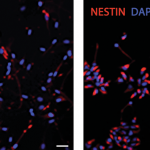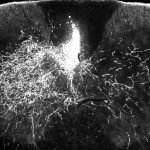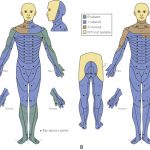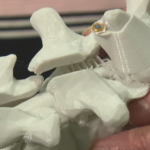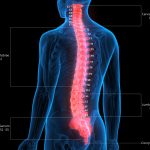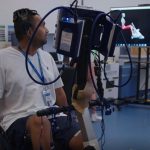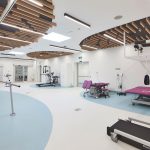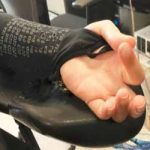Amanda Zimmerman, Senior Scientist at the Christopher and Dana Reeve Foundation, has written an interesting analysis of a 2017 study published in Nature, which reported the results of delivering stem cells with a modified form of tissue-type plasminogen activator (tPA)…
Category: Research (page 6)
Spinal cord injury secondary to “head banging” at punk rock concert
A case report published on Cureus this month has highlighted the potential risks of “head banging”, a common dance form at certain types of music concerts. Hasanga Fernando from the Faculty of Medical and Health Sciences at the University of Auckland…
A common drug could help restore limb function after spinal cord injury
Long-term treatment with gabapentin, a commonly prescribed drug for nerve pain, could help restore upper limb function after a spinal cord injury, new research in mice suggests, Ohio State News reports. In the study, mice treated with gabapentin regained roughly…
Patients' own stem cells offer a step toward improving motor, sensory function after spinal cord injury
A clinical trial enrolled 10 adults to treat paralysis from traumatic spinal cord injury, NewsMedical reports. After stem cell injection, the first patient demonstrated improvement in motor and sensory functions, and had no significant adverse effects, according to a case…
Micro-implant could restore spinal function in patients dealing with paralysis
Research being done at the University of Alberta could pave the way for restoring movement in patients with spinal cord injuries, Global News reports. The research involves extensive mapping of the spinal cord and using a wire thinner than a human hair which…
Spinal cord injury assessment and treatment the focus of new Adelaide clinical trial
SAHMRI and the Royal Adelaide Hospital‘s spinal unit have been given the green light for a new clinical trial. The project, spearheaded by Australian football veteran Neil Sachse’s Neil Sachse Foundation and now run by South Australia’s Health and Medical…
US trial to compare transcutaneous and epidural spinal stimulation
A trial at the University of Washington which aims to compare two types of electrical stimulation is recruiting, to see which of these approaches is best for improving leg function in people with incomplete spinal cord injury. The trial will…
Griffith University’s BioSpine program receives $2m grant from Insurance Commission
Griffith University, Queensland, has secured a $2 million grant from the Motor Accident Insurance Commission (MAIC) for “BioSpine: the Personalised Digital Twin for Thought-driven Electromechanical Assistive Neurorehabilitation Devices” program. The state’s first quadriplegic medical graduate, Dr Dinesh Palipana OAM, now…
SpinalCure donates $1.2m to NeuRA to research neurostimulation treatments for spinal cord injury
26 November 2019 SpinalCure Australia (SpinalCure) and Neuroscience Research Australia (NeuRA) are delighted to announce their collaboration to further develop neurostimulation treatments for people with spinal cord injury. Once thought an impossible dream, recent breakthroughs have shown that a cure…
Researchers use textile-based electrodes to regulate movements in quadriplegics
Researchers at the Feinstein Institutes for Medical Research, in New York, USA, have used new closed-loop neurostimulation methods and textile-based electrodes to facilitate finger movement and grasp force regulation in quadriplegic patients. The results have been published in the Springer…

